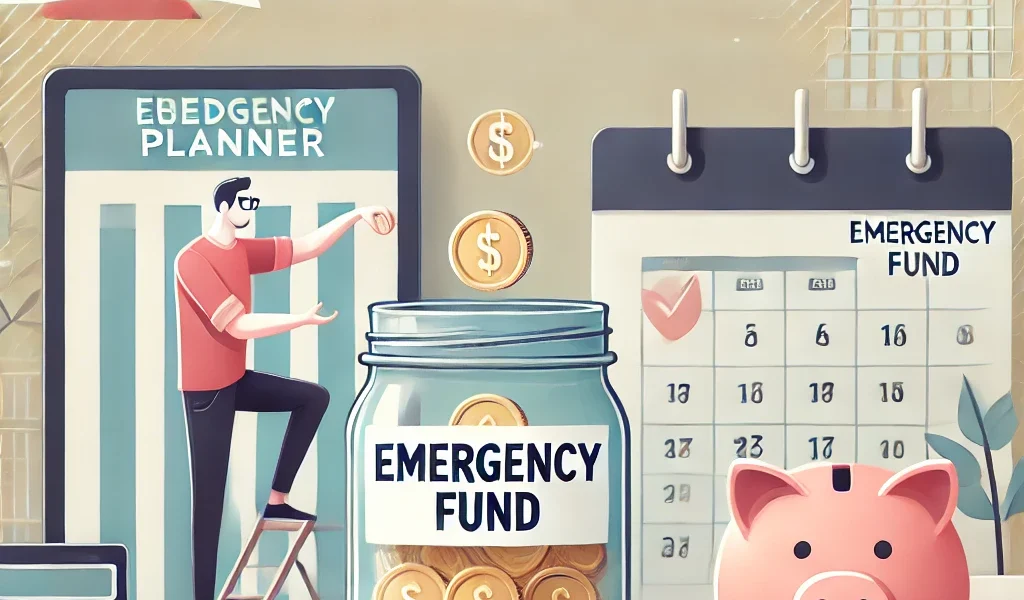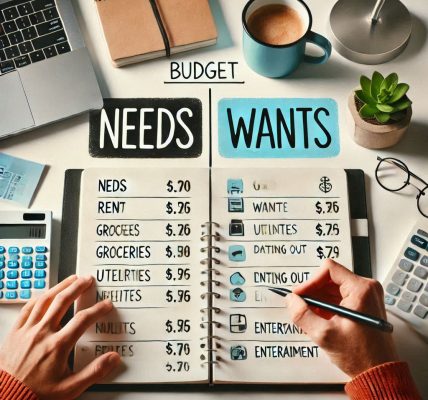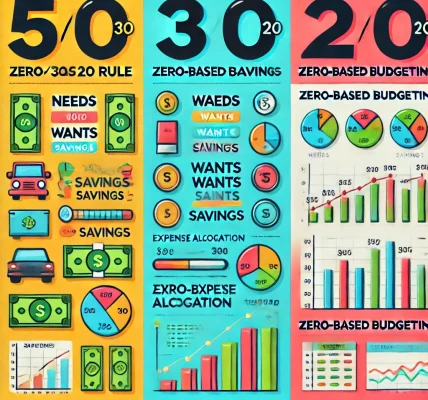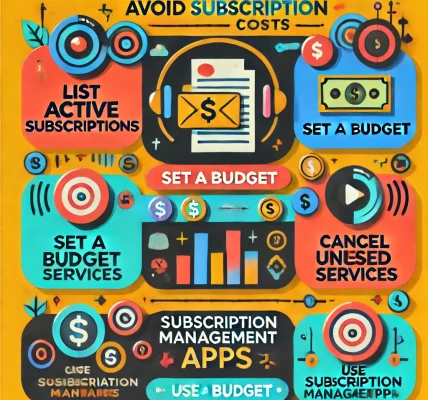Unexpected expenses can strike at any time—whether it’s a sudden medical bill, car repair, or job loss. An emergency fund acts as a financial safety net, providing peace of mind and security. However, many people hesitate to start one, fearing it will stretch their budget too thin. The good news? You can build an emergency fund without breaking your budget. In this guide, we’ll show you practical, realistic, and legal ways to save while maintaining financial balance.
Why an Emergency Fund is Essential
Before diving into the “how,” it’s important to understand why an emergency fund is vital:
- Financial Security: Protects you from unexpected expenses without relying on credit cards or loans.
- Reduced Stress: Knowing you have a cushion for emergencies provides emotional relief.
- Avoiding Debt: Prevents you from falling into debt due to sudden costs.
- Greater Freedom: Allows you to make better decisions without financial pressure.
Experts recommend saving three to six months’ worth of living expenses in an emergency fund. However, even starting small can create a substantial buffer over time.
1. Set a Realistic Emergency Fund Goal
Start by determining how much you need in your emergency fund. Consider essential expenses like:
- Rent or mortgage payments
- Utilities (electricity, water, internet)
- Groceries and household essentials
- Insurance premiums
- Transportation costs
How to Calculate Your Goal:
- List your monthly essential expenses.
- Multiply the total by three for a basic fund or by six for a more robust cushion.
Example: If your monthly expenses total $2,000, aim for $6,000 to $12,000.
2. Start Small and Be Consistent
You don’t need to save everything at once. Begin with manageable amounts and grow your fund gradually.
Actionable Steps:
- Set Micro-Goals: Aim to save $500, then $1,000, and increase from there.
- Use the “1% Rule”: Save 1% of your monthly income until you reach your target.
- Automate Savings: Set up automatic transfers to a dedicated emergency fund account.
Pro Tip: Even saving $20 a week adds up to over $1,000 in a year.
3. Identify and Cut Non-Essential Expenses
Review your spending habits and identify areas where you can cut back without sacrificing your lifestyle.
Practical Ways to Save:
- Cancel Unused Subscriptions: Streaming services, gym memberships, or magazines you don’t use.
- Cook at Home: Reduce dining out and prepare meals at home.
- Limit Impulse Buys: Implement a 24-hour rule before making non-essential purchases.
- Use Cashback and Discounts: Leverage cashback apps and store rewards for everyday purchases.
4. Create a Dedicated Emergency Fund Account
Keeping your emergency fund separate from your regular checking account prevents accidental spending.
Best Account Options:
- High-Yield Savings Account: Earns interest while keeping your funds accessible.
- Money Market Account: Combines savings with limited checking features.
Avoid: Investing your emergency fund in stocks or volatile assets due to potential value fluctuations.
5. Use Windfalls and Extra Income Wisely
Any unexpected money you receive can give your emergency fund a significant boost.
Sources of Extra Income:
- Tax refunds
- Work bonuses
- Cash gifts
- Side gig earnings
Tip: Allocate at least 50% of any windfall toward your emergency savings.
6. Leverage the 50/30/20 Budgeting Method
This popular budgeting framework helps allocate your income efficiently:
- 50%: Needs (housing, food, utilities)
- 30%: Wants (entertainment, hobbies)
- 20%: Savings (emergency fund, investments)
How to Apply It:
If your monthly income is $3,000:
- $1,500 for necessities
- $900 for personal expenses
- $600 for savings
Adjust the percentages as needed to prioritize your emergency fund.
7. Save Small, Unexpected Savings
Little savings add up over time. Capture these small wins and direct them to your emergency fund.
Ideas to Boost Savings:
- Round-Up Apps: Use apps like Acorns or Chime to round up purchases and save the difference.
- Cashback Programs: Participate in cashback programs to earn rebates.
- Refunds and Rebates: Redirect any returns into your savings account.
8. Turn Hobbies into Side Income
Monetize your skills to create an additional income stream for your emergency fund.
Side Hustle Ideas:
- Freelance work (writing, graphic design)
- Selling handmade products or crafts
- Teaching online courses
- Renting unused items (tools, space)
Tip: Dedicate all side gig earnings to your emergency fund until you reach your goal.
9. Reassess and Adjust Regularly
Life changes, and so should your savings plan. Regularly review and adjust your emergency fund strategy.
When to Reevaluate:
- Job changes or salary increases
- New expenses (family, health care)
- Economic shifts (inflation, recessions)
10. Celebrate Milestones and Stay Motivated
Acknowledging your progress keeps you motivated and committed.
Ways to Stay Encouraged:
- Celebrate Small Wins: Treat yourself when reaching milestones (within reason).
- Visual Progress: Use a savings tracker or goal chart to see your growth.
- Stay Accountable: Share your goal with a friend or join an online community.
Final Thoughts
Building an emergency fund doesn’t have to strain your budget. By starting small, being consistent, and making mindful spending decisions, you can create a financial cushion without sacrificing your current lifestyle. An emergency fund offers both financial and emotional peace, allowing you to navigate life’s uncertainties with confidence.
Start today by setting a savings goal and taking small, actionable steps. Your future self will thank you for the security and freedom your emergency fund provides. With patience and persistence, you’ll achieve financial stability without compromising your budget.




